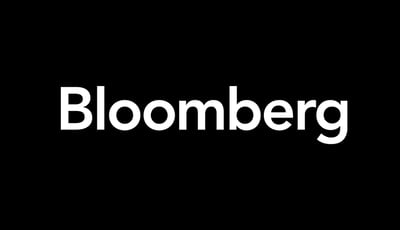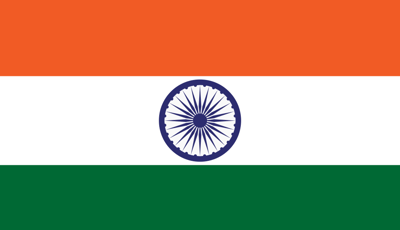India's Economic Ascendancy: A Bloomberg Analysis of Potential to Surpass China by 2028
Bloomberg report: India's stock market thrives with foreign investments and new trade deals, positioning to potentially surpass China as global growth leader by 2028.
ECONOMY | FINANCE


12 April 2024
According to a Bloomberg report, the Indian stock market is prospering as a result of foreign investments and the Centre's new trade agreements. The young market of 1.4 billion Indians is luring international manufacturing heavyweights who were previously concentrated in southern China. Aircraft manufacturers such as Boeing are receiving record orders from Indian carriers such as Air India and IndiGo, while electronics giant Apple Inc. is scaling up production of India-made iPhones.
Despite the positive outlook, India's $3.5 trillion economy is still overshadowed by China's $17.8 trillion economy. Economists believe it will take a lifetime for India to catch up with its bad infrastructure, patchy education, red tape, and shortage of skilled labour.
However, the Bloomberg analysis states that India has the potential to surpass its northern neighbour much faster and become the driving force behind global economic growth.
While investment banks such as Barclays predict that India can become the world's largest contributor to growth under Prime Minister Narendra Modi's next term (3rd term—his party, the BJP, is largely projected to win the 2024 Lok Sabha elections, set to begin in weeks), Bloomberg Economics' analysis is even more optimistic, predicting that India will reach that milestone by 2028 on a purchasing power parity basis.
To get there, the Modi government will need to meet ambitious targets in four critical areas: improving infrastructure, increasing workforce skills and participation, developing better cities to house all those workers, and attracting more manufacturers to hire them. According to Bloomberg’s analysis, India could become the world's No. 1 contributor to GDP growth as early as 2028.
The so-called 'miracle' phase of China's expansion has ended. Its property crisis coincides with increased Western concerns about China's control of supply networks and breakthroughs in sensitive technologies.
According to Bloomberg, this is where India comes into play. The Modi government is working to make the Indian economy more competitive, which appeals to Western businesses wanting to diversify away from China in pursuit of a plentiful supply of cheap workers.
The Indian government's allocation to infrastructure has more than tripled from five years ago to beyond ₹11 lakh crore (₹11 trillion) for the fiscal year 2024-25, a figure that could potentially exceed ₹20 lakh crore (₹20 trillion) if states’ spending is included.
The government plans to invest ₹143 lakh crore (₹143 trillion) in infrastructure improvements, including trains, roads, ports, and waterways, during the next six years until 2030. Simultaneously, the government has attempted to contain inflation by banning exports of wheat and rice.
Earlier this decade, the Modi government rolled out incentive programmes of ₹2.7 lakh crore (₹2.7 trillion) to stimulate domestic manufacturing. Companies received tax cuts, lower land prices, and money to set up factories.
According to Bloomberg Economics' base case scenario, India's economy will grow to 9% by the end of the decade, while China's will slow to 3.5%.
This puts India on track to surpass China as the world's leading growth driver by 2028. Even in the most pessimistic scenario, consistent with the International Monetary Fund's (IMF) estimates for the next five years, if growth remains below 6.5%, India will surpass China's contribution in 2037.
India stands out as the only country with a population large enough to offset the retirement of factory workers in advanced economies and China. Bloomberg Economics estimates that 48.6 million medium-skilled workers, most of whom work on manufacturing floors, will retire in China and advanced economies between 2020 and 2040. During the same period, India will add 38.7 million such workers.


